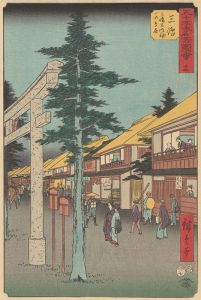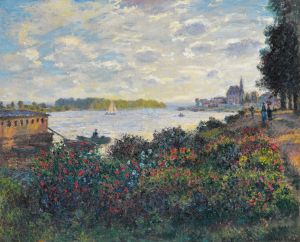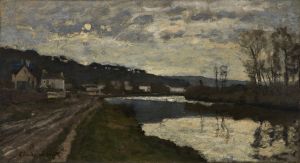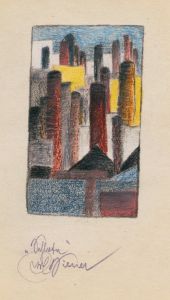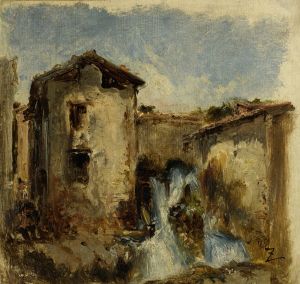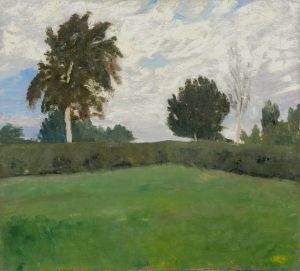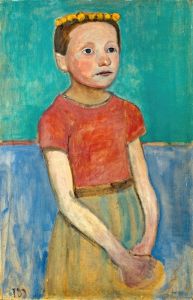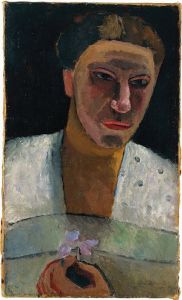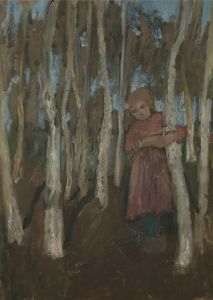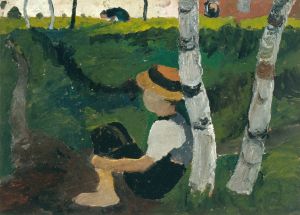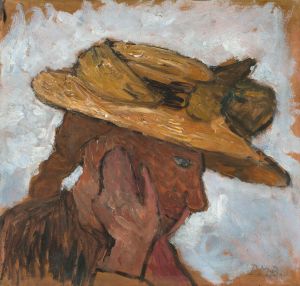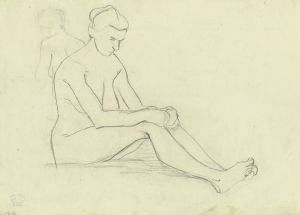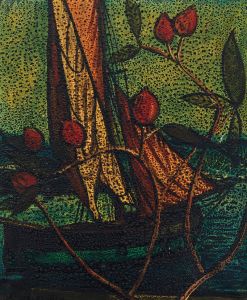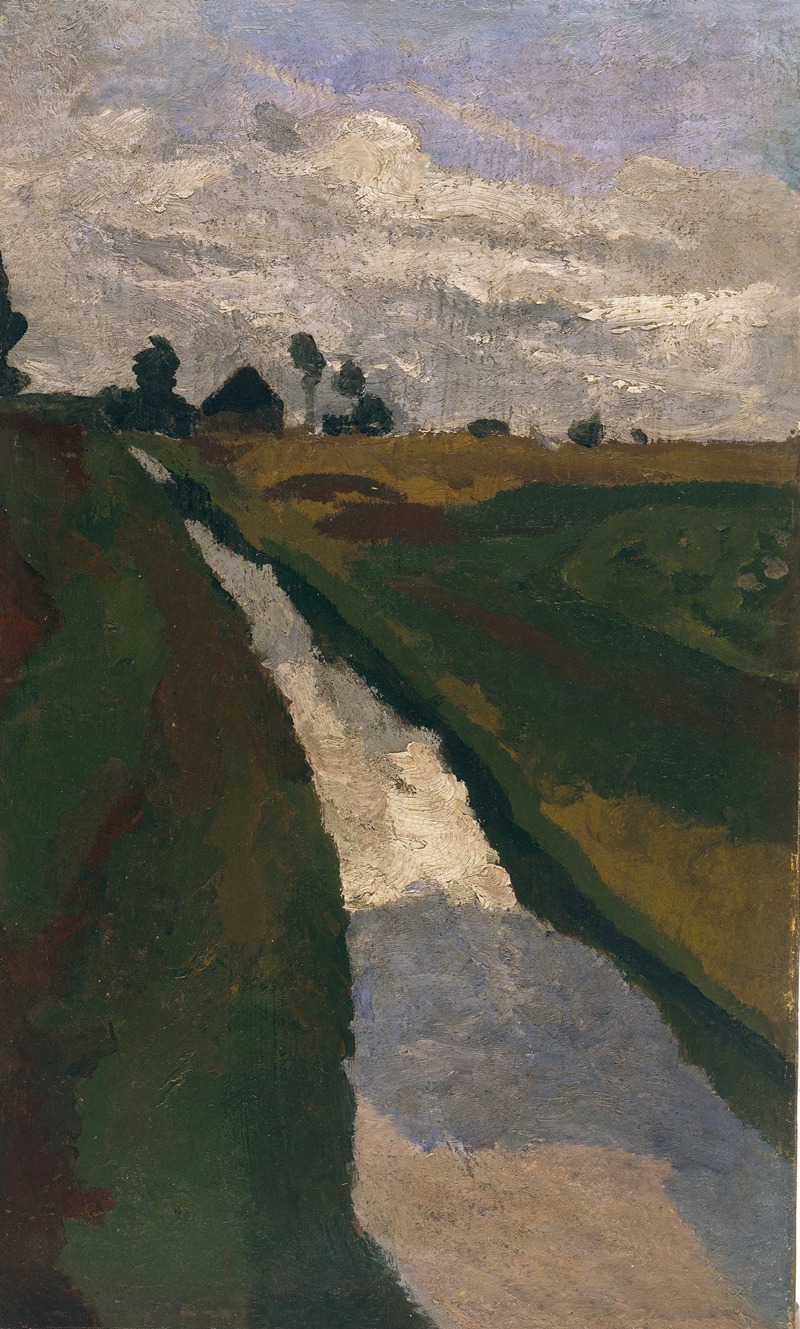
Moorkanal
A hand-painted replica of Paula Modersohn-Becker’s masterpiece Moorkanal, meticulously crafted by professional artists to capture the true essence of the original. Each piece is created with museum-quality canvas and rare mineral pigments, carefully painted by experienced artists with delicate brushstrokes and rich, layered colors to perfectly recreate the texture of the original artwork. Unlike machine-printed reproductions, this hand-painted version brings the painting to life, infused with the artist’s emotions and skill in every stroke. Whether for personal collection or home decoration, it instantly elevates the artistic atmosphere of any space.
Paula Modersohn-Becker (1876–1907) was a pioneering German painter and one of the most important early expressionists. She is recognized as one of the first female artists to challenge traditional artistic norms and to create a significant body of work in modern art. Her paintings often depicted still lifes, landscapes, and portraits, with a focus on simplicity, emotional depth, and a unique use of color and form.
"Moorkanal" (translated as "Moor Canal") is one of Modersohn-Becker's landscape paintings. Created during her time in Worpswede, a small artists' colony in northern Germany, the work reflects her deep connection to the natural environment of the region. Worpswede was known for its moorlands, canals, and rural scenery, which served as inspiration for many of her works. The painting captures the quiet, melancholic beauty of the moor landscape, a recurring theme in her oeuvre.
In "Moorkanal," Modersohn-Becker employs a muted color palette, characteristic of her early landscapes. The composition is simple yet evocative, with a focus on the interplay of light and shadow across the canal and surrounding vegetation. Her brushwork is deliberate and textured, emphasizing the earthy tones and the serene atmosphere of the scene. The painting reflects her interest in capturing the essence of nature rather than its exact details, a hallmark of her artistic style.
Modersohn-Becker's time in Worpswede was formative for her career. She moved there in 1898 and became part of the artists' colony, which included notable figures such as Otto Modersohn, whom she later married. The colony emphasized a return to nature and a rejection of urban industrialization, ideals that resonated with Modersohn-Becker's artistic vision. However, she also sought to push beyond the colony's traditional approach, incorporating influences from modernist movements she encountered during her travels to Paris.
While specific details about the creation date or exhibition history of "Moorkanal" are not widely documented, the painting is representative of Modersohn-Becker's early work in Worpswede. It showcases her evolving style, which blended naturalistic observation with a growing interest in abstraction and emotional expression.
Paula Modersohn-Becker's career was tragically short; she died in 1907 at the age of 31. Despite her brief life, she left behind a remarkable legacy, with over 700 paintings and numerous drawings. Her work, including "Moorkanal," continues to be celebrated for its innovative approach and profound sensitivity to the human and natural world.





